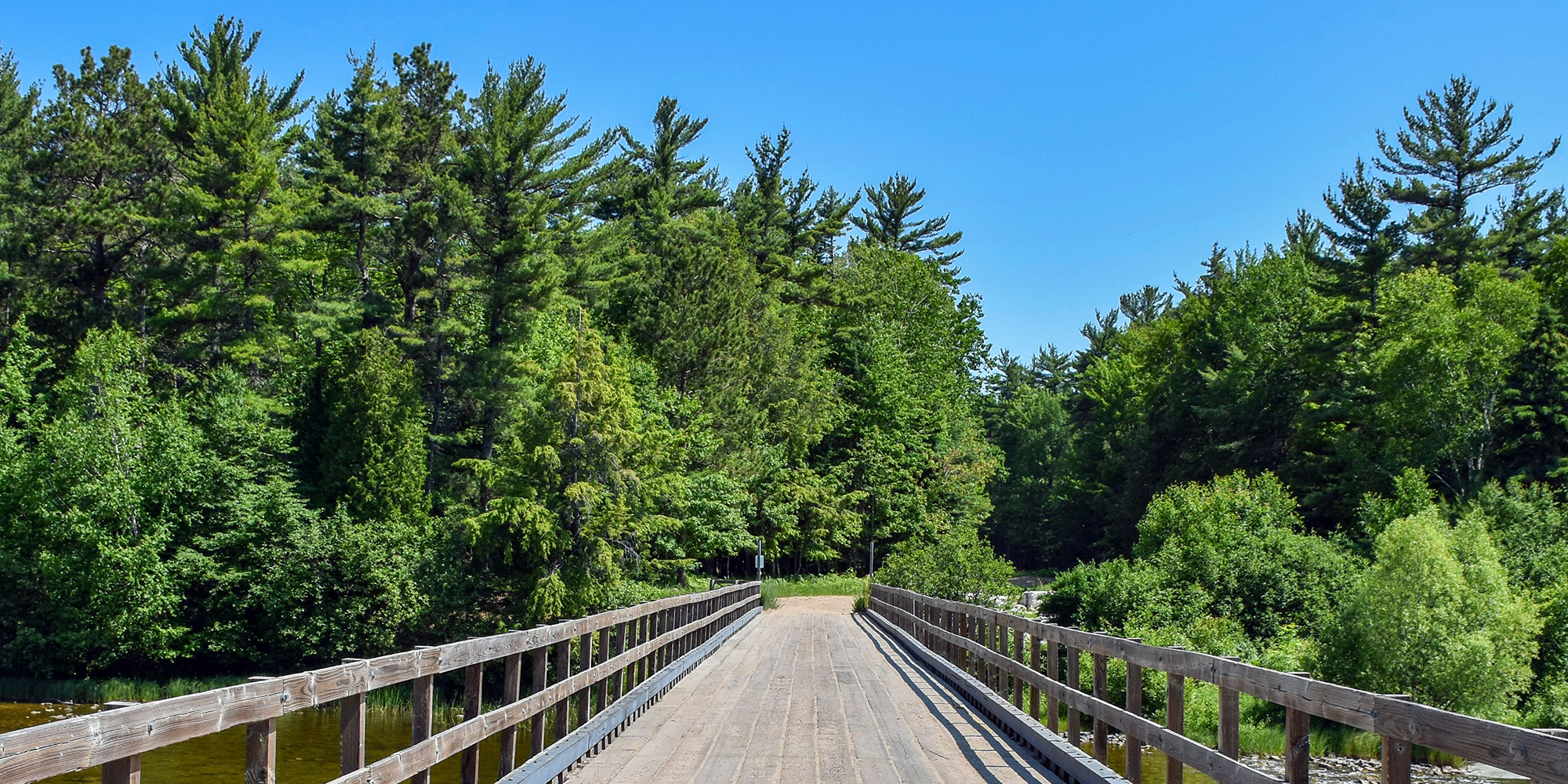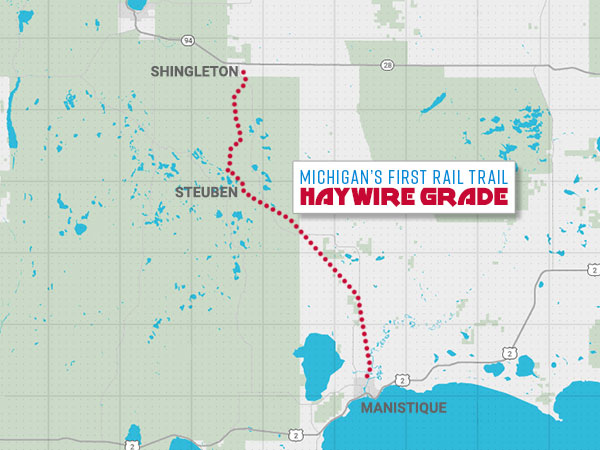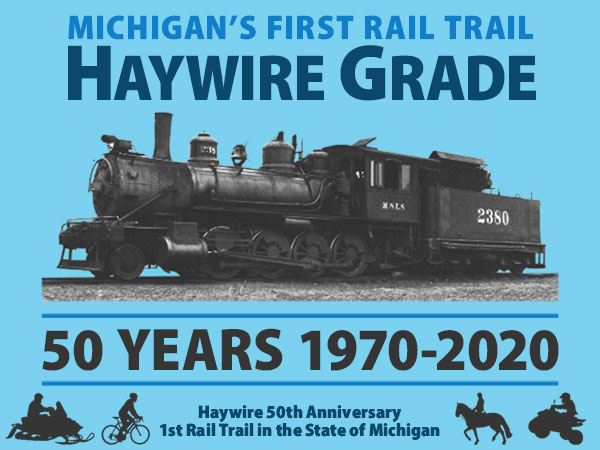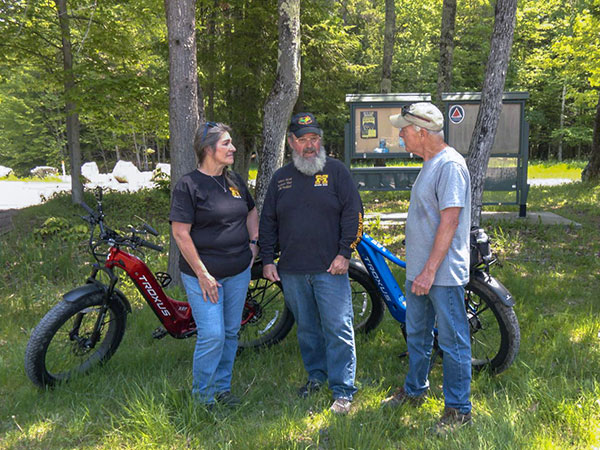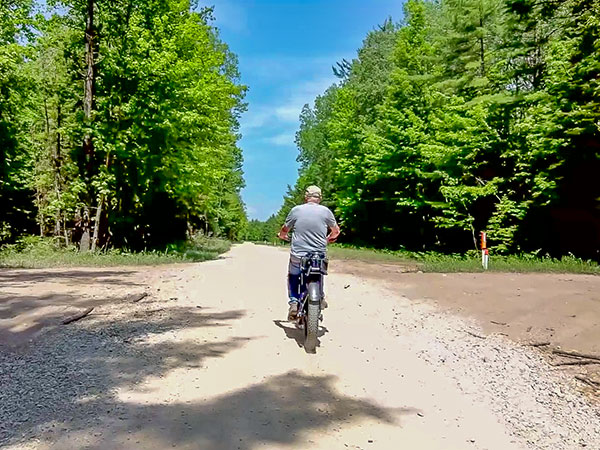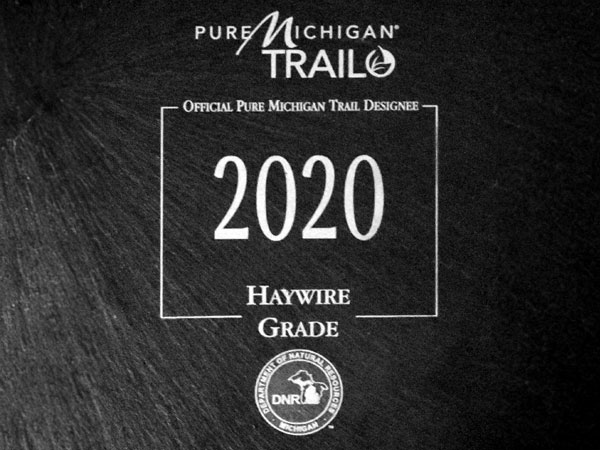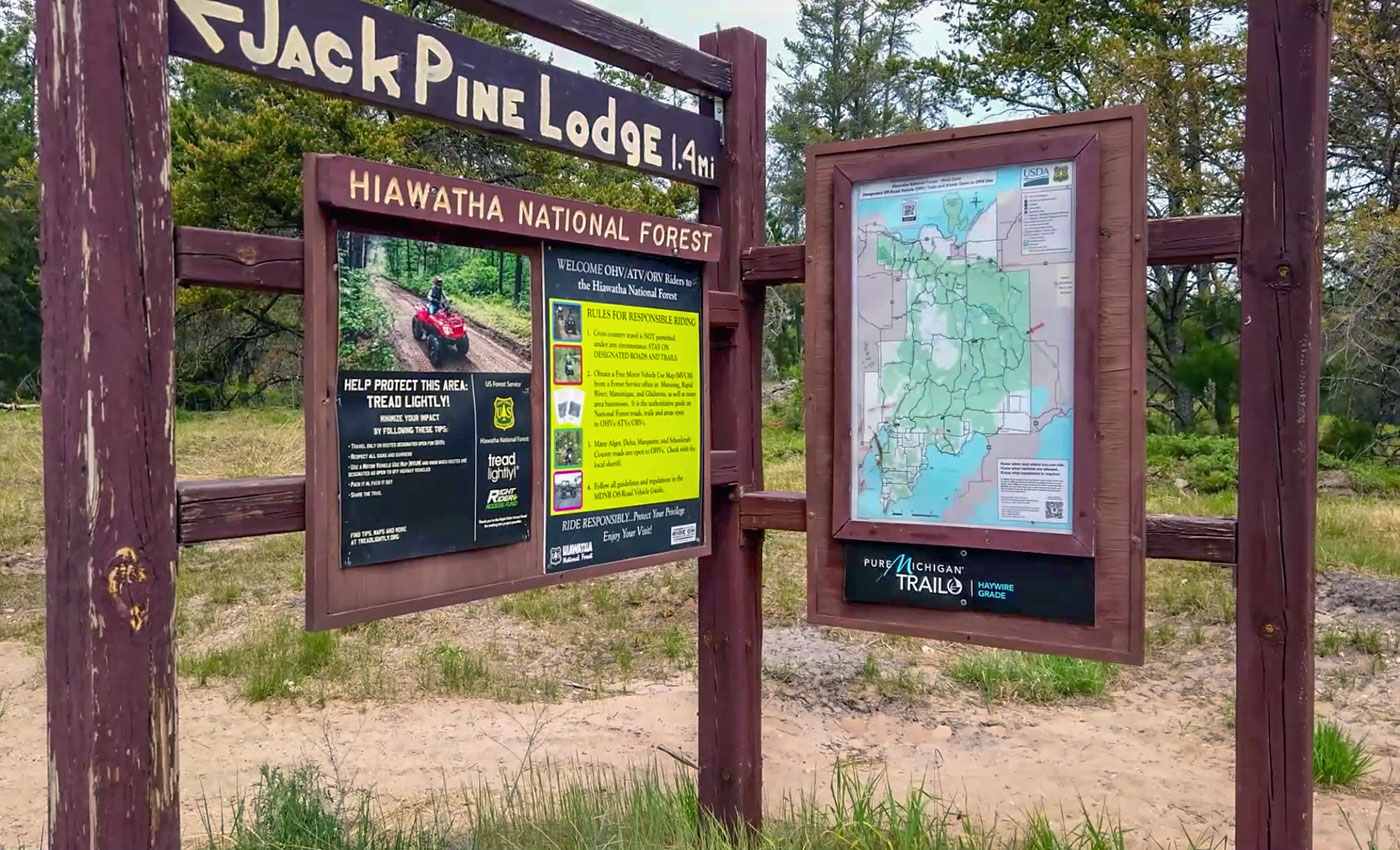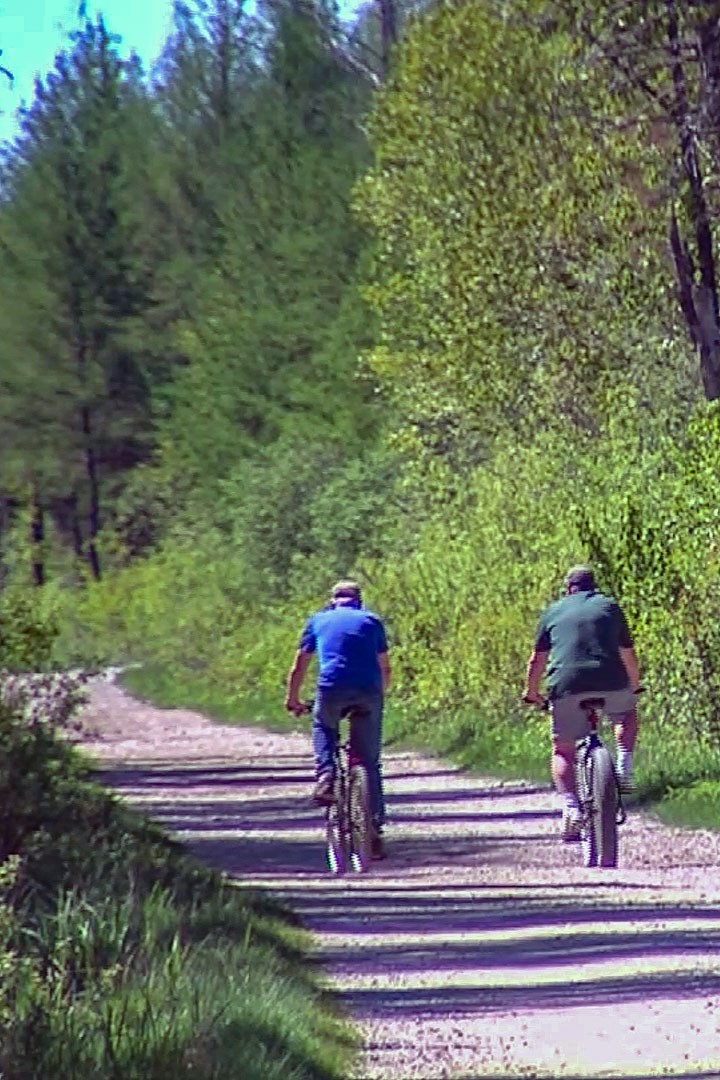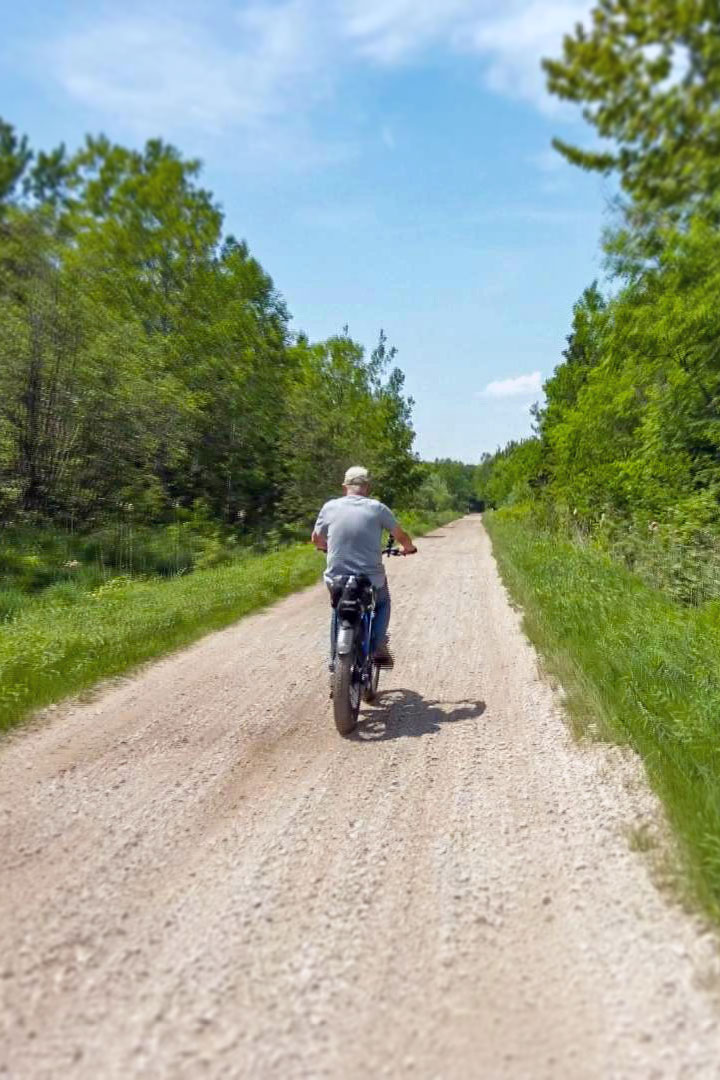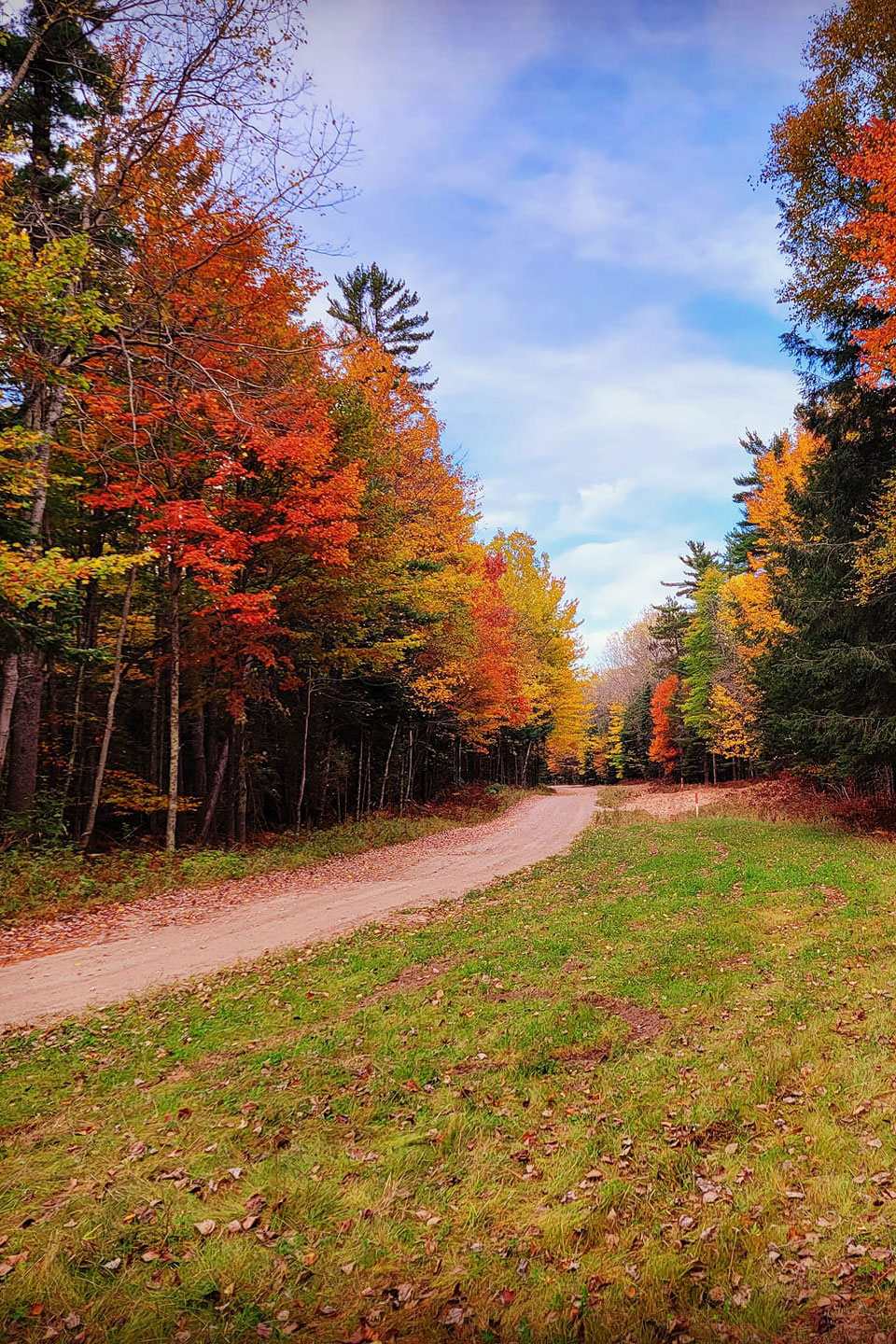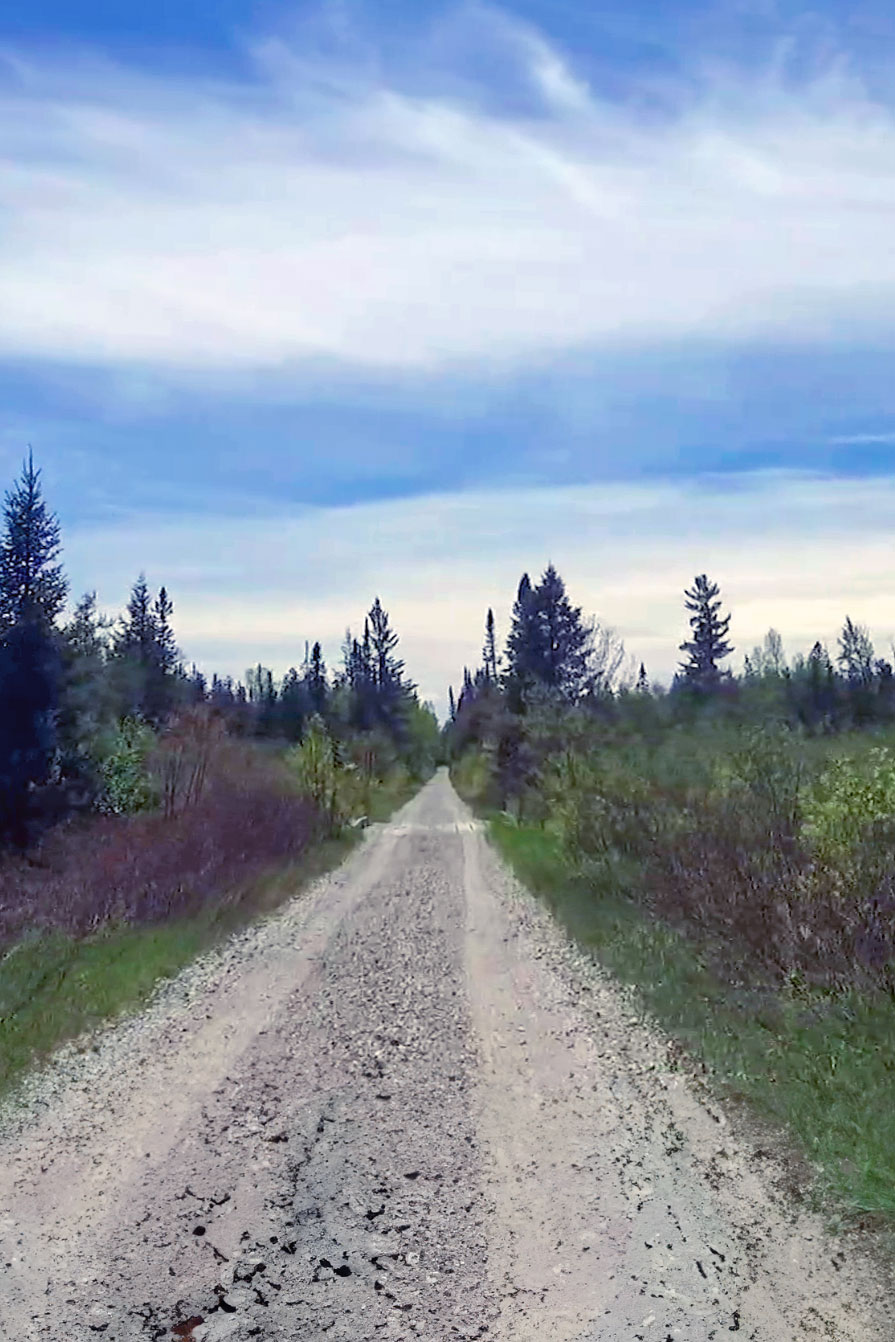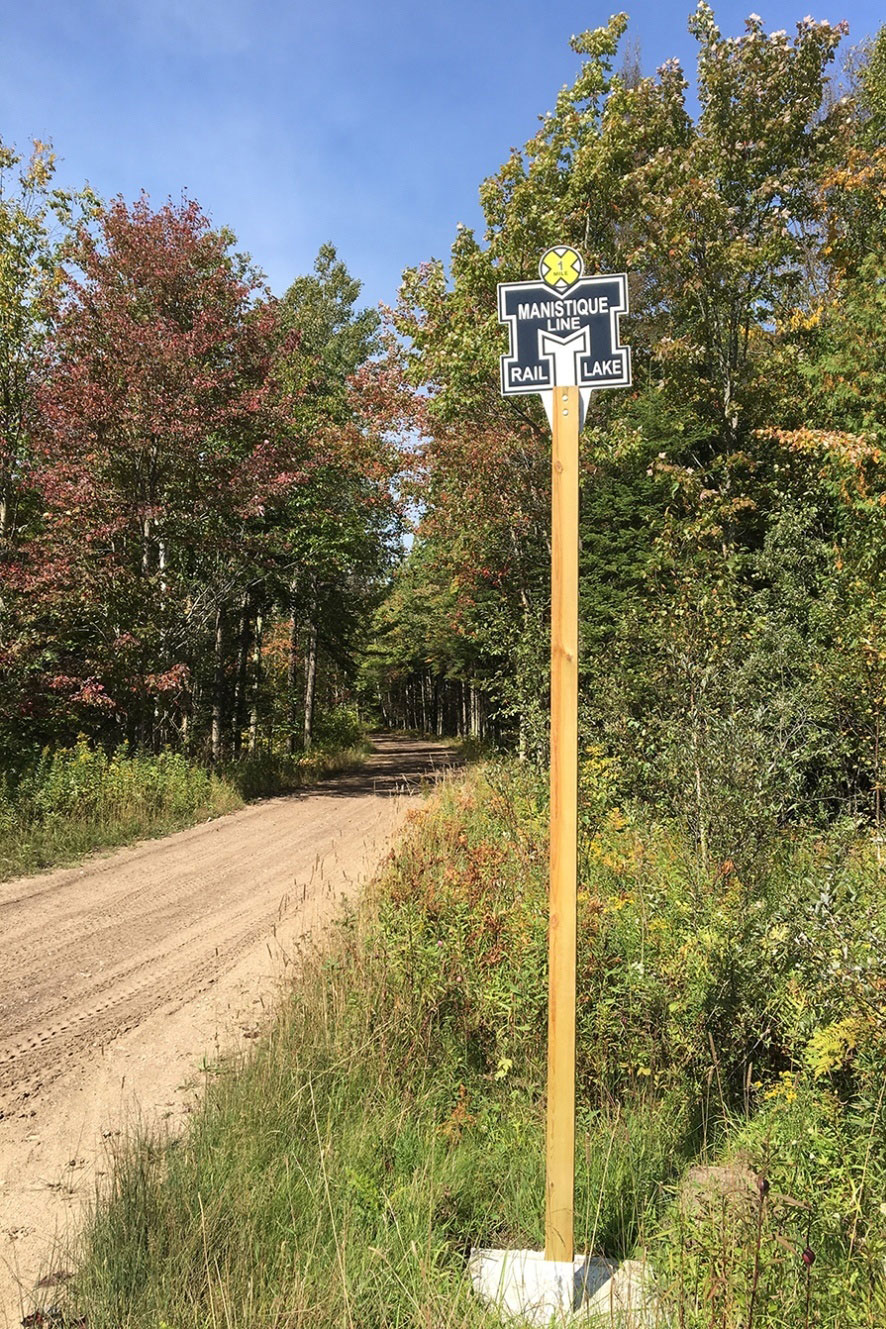Michigan’s first rail trail turned 50 years old in 2020. Some residents who live near the Haywire Grade, a multi-use trail that crosses the Upper Peninsula north to south from Shingleton to Manistique, are glad the trail is getting the recognition it deserves.
“I’d say over the past four years, Michigan has truly started to recognize the significance of the Haywire,” said Gerry Reese, who has owned property near the trail for nearly 30 years and is a part of the Schoolcraft County Motorized Trail Association, during the trail’s golden anniversary celebration. The yearlong celebration of the Haywire Grade kicked off in February 2020. While the COVID-19 pandemic limited the celebration of the trail’s history, it’s still something to be celebrated.
“There are still some residents in the area who are unaware of the trail’s rich history. We want to change that,” said Reese.
History
With more than 2,600 miles logged, Michigan has converted more miles of abandoned railroad corridor into trails than any other state. This conversion is done through a process called rail banking. The trails, some paved and some not, are used for recreation purposes, but may be recalled to railroad service and the recreation trails rerouted should the need arise.
The first rail-trail in Michigan was the Haywire Grade in Schoolcraft and Alger counties. Established in 1970, two years after the Manistique and Lake Superior Railroad ceased operation, the Haywire Grade runs 32 miles. Originally planned for seasonal snowmobile use, the Haywire has since become a popular year-round multi-use trail.
“People have long used the trail for a variety of activities,” Reese said. “It was very common to see an equestrian rider, and at the same time someone walking. It’s truly a multi-use trail.”
The trail’s historical significance dates to the late 1800s. The Manistique and Northwestern Railroad began operation in 1898 and reorganized as the Manistique and Lake Superior in 1909. The railroad served the logging industry and fostered settlement in the region. Many of the trees harvested from the area were sent to Illinois to help rebuild after the Great Chicago Fire.
Interpretation
Stories like this are being permanently memorialized through a series of 11 historical interpretive kiosks installed along the trail during the golden anniversary celebration. The kiosks themselves are part of that history, as they were fabricated with steel from Upper Peninsula railroad tracks and cedar logs grown in the region. Each kiosk also contains metal art depicting a train engine and Manistique and Lake Superior railroad cars. “We designed the kiosks to have that rustic flavor, but also the railroad and the logging camp flavor,” Reese said.
As Michigan’s heritage trail coordinator, Dan Spegel works on projects like this one to help shed light on some amazing history around Michigan’s 13,000 miles of state-designated trails. Since 2015, the Michigan Department of Natural Resources’ Michigan History Center has helped communities around the state create a deeper sense and experience of “place” for trail users through its Heritage Trails Program. “Heritage trails connect people with the natural and cultural heritage of the landscape they are passing through,” Spegel said.
.jpg)
.jpg)
